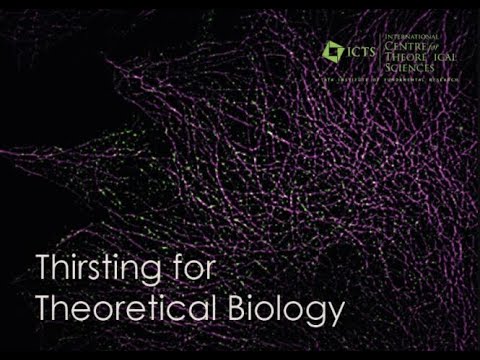Description:
Explore the intricate process of vertebrate embryo development in this 91-minute lecture from the International Centre for Theoretical Sciences' discussion meeting on theoretical biology. Delve into the complexities of cell size regulation and its impact on embryonic development using zebrafish as a model organism. Examine how cell size affects migration during gastrulation, and investigate the consequences of altered cell sizes in haploid and tetraploid embryos. Learn about experimental techniques for manipulating cell size and observe the effects on membrane dynamics and organ formation. Gain insights into the fundamental question of how embryos establish optimal cell sizes and the broader implications for understanding vertebrate embryogenesis.

The Logistics of Shaping a Vertebrate Embryo in Developmental Space and Time by Sreelaja Nair
Add to list
#Science
#Biology
#Developmental Biology
#Embryonic Development
#Cell Biology
#Cell Migration
#Theoretical Biology